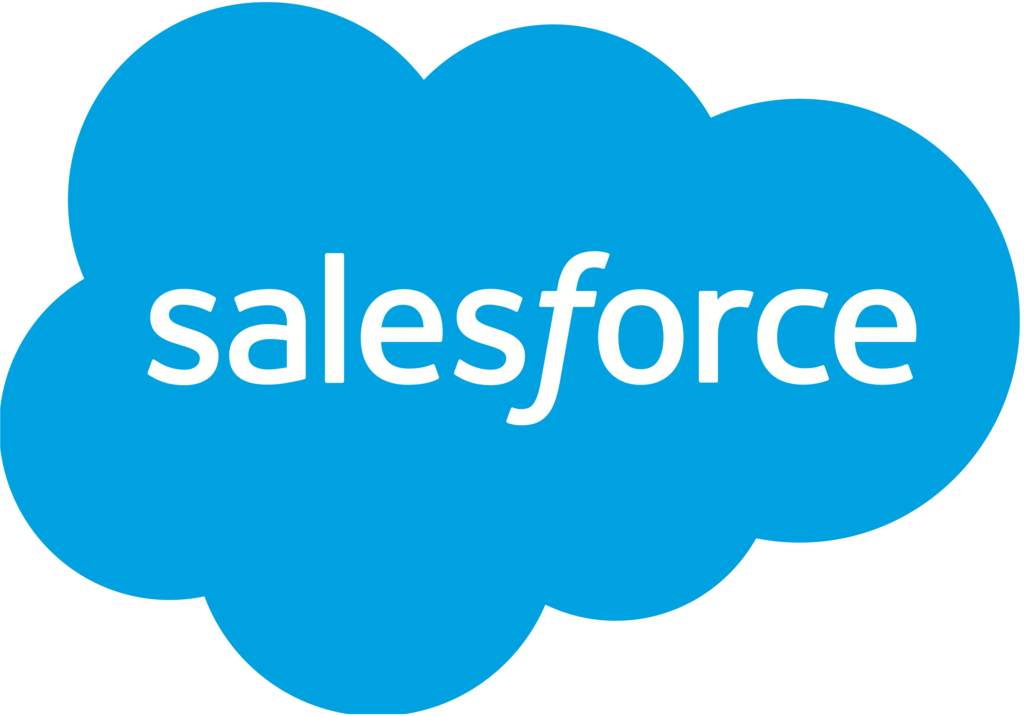You implemented Salesforce CRM to optimize your sales and business processes, free up more time with automation, and become more connected to your customers.
At first, everything worked just as expected and you got what you needed out of it. As time went on, however, you started seeing the potential to get even more benefit — or maybe your initial setup isn’t aligning with recent organizational changes.
Although you have a long list of enhancements you want to explore, you haven’t updated it to match new business processes, and you have a long list of enhancements you want to explore. But you haven’t had the time to get to it. Instead of freeing up more time and creating more efficiency, it’s become a time-sucking burden for your business.
You know it needs to be fixed, but you know that requires support from leadership and, eventually, funding. So, what do you do next?
These five steps will help you self-assess the state of your Salesforce Org, identify the current problems and what they cost you, and how to get the funding required to implement the right solution.
Step 1: Interview Stakeholders to Understand the Desired Outcomes
Stakeholders include executives, users, managers, or anybody responsible for something that Salesforce is intended to improve. To get your Org unstuck, you need to know their desired outcomes for the platform. Some common ones include:
- Revenue or cost reduction
- Throughput (speed)
- Business intelligence (reporting, visibility, data-driven decision making)
- Improved user experience
Capture the goals of every stakeholder. When you eventually request funding, having a plan to address the entire company’s goals will give you a more compelling case.
Step 2: Assess Your Salesforce Instance and Ability to Deliver Desired Outcomes
Now that you know what stakeholders want to get out of Salesforce, how well is it configured to achieve those outcomes? Evaluate your access/permissions, fields and layouts, reports and dashboards, and any new/unused features. Are they in alignment with everyone’s goals? Your aim here is to understand the effectiveness of your Org as it currently operates for your company.
After you’ve looked at the fundamental aspects of Salesforce, review your business processes and tech stack. Do your business processes align with the way your Salesforce Org is configured? What opportunities are there for tech consolidation and better integration?
This step is to help you document overall health. Make sure you’re thorough in this step, and don’t assume you know something. Find everything that’s out of alignment and causing issues.
Step 3: Identify Salesforce Improvements and Expected Benefits
Once you’ve interviewed stakeholders to understand their desired outcomes and assessed your current state, you need to map out how you’re going to arrive at your desired destination. What improvements need to be made, and what is the expected benefit of making that improvement?
Don’t be vague. Too often, people pitch ideas to executives with only an explanation of the pain and, at best, a half-thought-through solution. Be specific about what you’re proposing and why it’s worth it. Will it result in a revenue increase? Cost reduction? How much, exactly? Will it increase adoption or reduce risk? Once you’ve captured what the benefits will be, rank them to help bolster your argument.
Step 4: Estimate Level of Effort and Cost
Now you know what needs to be done and what the benefits will be. Next step: how much will it cost? Again, be as specific as you can.
First, identify the type of effort your project requires. There are three basic categories this will fall into.
- Configuration — someone with admin level abilities will be able to handle this
- Advanced configuration — reporting, dashboards, and automation processes
- Development or integration – flows, lightning app builder, or architecting complex data relationships
Once you know what type of work you need to do, you can establish what it will take to accomplish it. This process is where you’ll calculate costs associated with the project, including the amount of time it will require internally and if it will push back any exiting projects or priorities. You’ll also estimate how much it will cost to have an external partner or vendor help complete the project.
Step 5: Present Plan to Leadership for Prioritization and Funding
You should be able to paint a complete picture for your executive — the problem, the solution, the benefits, and the costs. You need to provide them with enough information so that they feel they’re making an educated decision. Otherwise, you’re going to find it very difficult to get your project approved.
And don’t generalize the situation when you present. Talk specifically about the current state and how it’s not achieving the stakeholders’ goals and desired outcomes. Be honest about how much it will cost and what benefits the company can expect to get out of it.
Executives want to do what’s best for the company, but it’s up to you to convince them this is in their best interest. Optimizing your Salesforce Org — and keeping it optimized — requires a significant commitment. But the benefits are undeniable. When you can show real numbers that prove that, you can get the funding you need to move forward. For more Salesforce resources, check our blog section.



